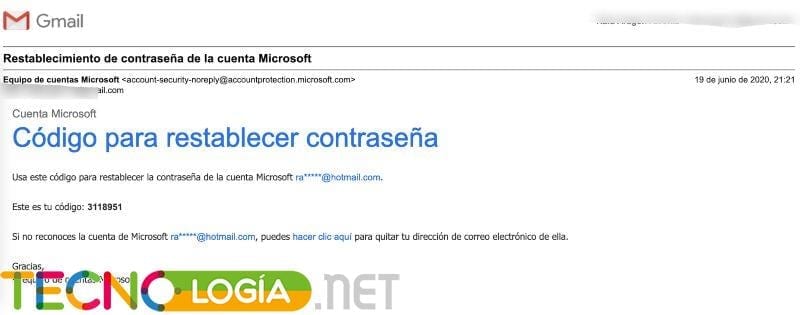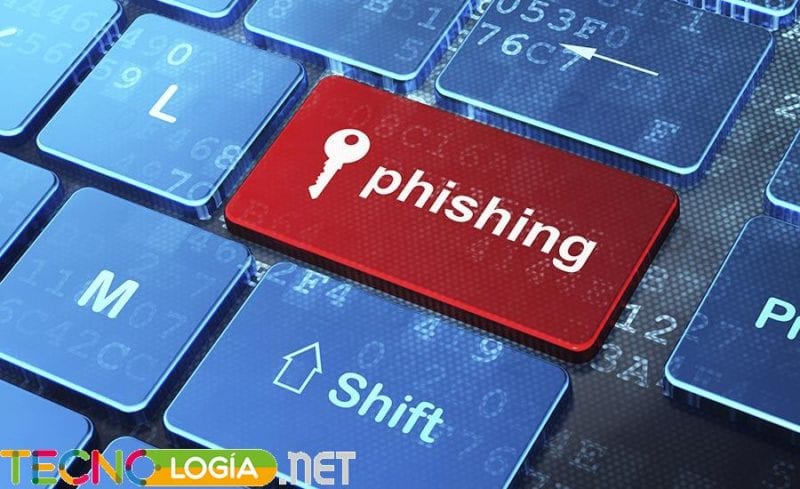Have you recently received a message from Microsoft in your email with the title: Microsoft account password reset? If so, you are one of the thousands of people that cybercriminals are trying to trick. They are posing as one of the most important companies in the world, in order to collect sensitive personal data. If you have received it or receive it you should simply ignore it, since it has nothing to do with your account and your hotmail mail is not in danger. Hackers are capable of imitating the emails of any company, that is why we give you some keys so that you know how to identify them and that they do not manage to deceive you through this technique that is so common today.
The Microsoft Account Password Reset Scam
This email is usually sent to the email account that is associated with Gmail, so that it seems as real as possible, and if you have an email account on both sites, you may think that your Hotmail account is in some danger. The sender appears as “The M. Account Team”, whose title is: Account Password Reset Microsoft. They immediately tempt us to open it.
Inside the message They tell us a code to reset our password. Although for many users it is clear that this is a pantomime, for many others who are not familiar with this type of fraudulent emails it may seem real. Hackers play with statistics, if they send thousands of messages of this type there will be many people who end up falling into the trap.

The purpose is none other than try to get you to click on the links that appear in the body of the message, to guide you towards a process in which you tell them your password and thus gain access to your account. This way they can spy on your emails and all the important information you have stored. The security of your personal data is at risk if you fall into any of these traps.
How to identify phishing emails?
The phishing emails They are the order of the day and at any moment we can be victims of them. Microsoft technical support has created a specific section warning us about "How to deal with phishing in Outlook.com." These are some of the keys to highlight so as not to fall into deception:
Avoid the following phishing emails at all costs:
- The ones that promise a prize like “Click this link to get your tax refund.”
- Invoices from an online supplier for an order that you have not placed. They attach a file in this case protected so that you can write your email address and password. Although it may seem absurd, there are many people who follow the steps without realizing the mistake they are making.
- Message with supposed documents that come from accredited organizations or from a friend. The message is usually like this: "the document is hosted on an online storage provider and you need to enter your email address and password to open it."
- The sender's email does not correspond exactly to that of the impersonated company. It is usually much longer and may contain the name of the company.
If at any time you see emails that delete themselves or suspicious movements in your Outlook account your email may have been hacked. Also be suspicious if suddenly you can no longer log in with your personal data. What can you do in these circumstances? It is advisable in these cases to see the Microsoft technical service section: My Outlook.com account has been hacked There they will show you all the steps you must take to obtain a solution.







